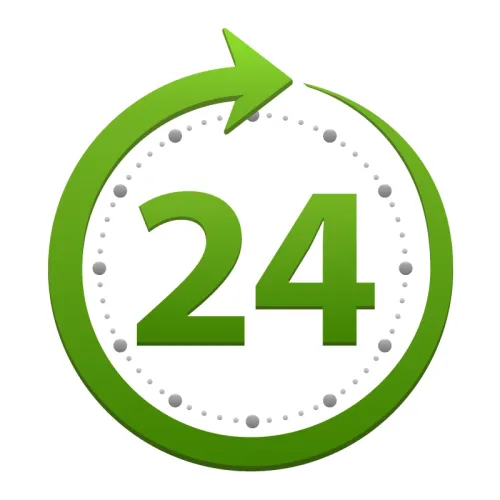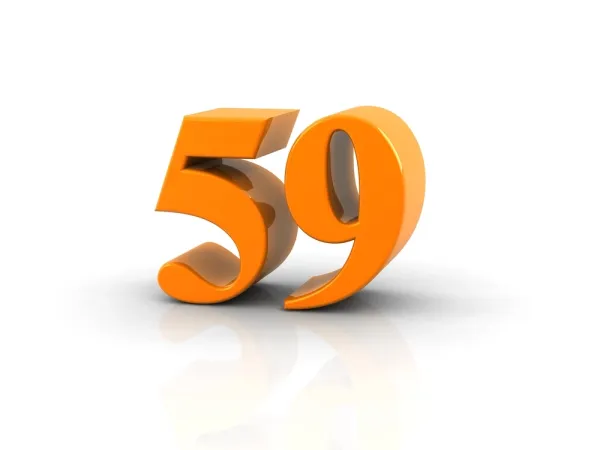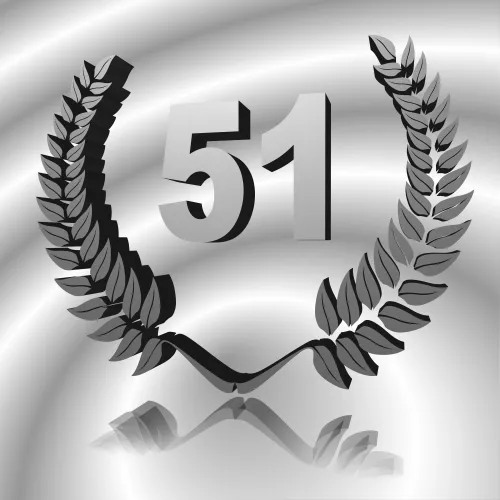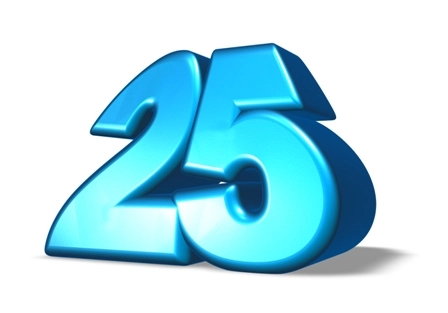Are You Up to Speed on Modifier 24?

Take a look at these examples to see if you are coding it correctly.
Evaluation and management (E/M) services are the bread and butter of most Part B providers’ businesses. For these crucial visits, it’s the face-to-face encounter that encourages dialogue between patient and practitioner, oftentimes leading to further review and uncovering medical issues that need to be addressed, sometimes immediately. But if you don’t have the right modifier on your claim, chances are high that you could say goodbye to payment for those valuable E/M services.
“Make sure you use the right modifier to get the maximum benefit,” said Jean Matsushita CPC, Noridian Part B representative in an Aug. 31, 2016 webinar. “Just putting a modifier on a code can tell us why you are doing a procedure.”
Background. There are three distinct modifiers associated with E/M services, which are appended to CPT® codes, but there are also informational modifiers that are sometimes appended after the E/M reimbursement modifiers to clarify the details of the service provided. These HCPCS modifiers or level II modifiers are updated annually by CMS and are always attached after the reimbursement modifiers. According to Matsushita, the confusion on which modifier goes first causes many claims to be improperly coded, and she suggests, to “familiarize yourself with the reimbursement and informational modifiers to ensure you get paid.”
Here’s the Lowdown on Modifier 24
If you are considering modifier 24 (Unrelated evaluation and management service by the same physician or other qualified health care professional during a postoperative period), remember it was created to “simplify billing,” says the Medicare Claims Processing Manual (MCPM), Chapter 12, section 40.2. (www.cms.gov/Regulations-and-Guidance/Guidance/Manuals/Downloads/clm104c12.pdf).
It is essential to your coding that you don’t forget to provide thorough documentation that includes the appropriate diagnosis code(s) for the unrelated E/M service that occurs within the global period of a surgery in order to avoid confusion and denial. It is, however, perfectly fine to report the same diagnosis code that initiated the global period as long as the medical notes support the fact that the visit is unrelated to the procedure that sparked the global period.
To avoid denial. When you append modifier 24, the E/M service must meet these criteria:
Consider this. For example, a patient comes into the office for a follow-up visit to the removal of a wart, CPT® code 17000 (Destruction [eg, laser surgery, electrosurgery, cryosurgery, chemosurgery, surgical curettement], premalignant lesions [eg, actinic keratoses]; first lesion).
While in the office, she complains of stomach pain, and you assess a Urinary Tract Infection (UTI) during a level two established patient visit. Because the UTI is a completely new and unrelated condition that has occurred during this postoperative period, you would code 99212 (Office or other outpatient visit for the evaluation and management of an established patient, which requires at least 2 of these 3 key components: a problem focused history; a problem focused examination; straightforward medical decision making), attaching modifier 24 to avoid denial since the E/M service happened during the global period.
Tip: Don’t forget to append LT (Left side (used to identify procedures performed on the left side of the body)) or RT (Right side (used to identify procedures performed on the right side of the body)) if you need to differentiate when coding, Matsushita reminds. She offers the example of a patient who has had a cataract removed from the left eye, but then comes in during the 090 global period with a cataract present in the right eye.
To get paid for both services, she recommends coding 66982 (Extracapsular cataract removal with insertion of intraocular lens prosthesis [1-stage procedure]…) with the LT modifier for the initial surgery. For the E/M service, which fell within the global surgery package, Matsushita advises coders to use 99213 (Office or other outpatient visit for the evaluation and management of an established patient, which requires at least 2 of these 3 key components: an expanded problem focused history; an expanded problem focused examination; medical decision making of low complexity) and appending modifier 24 first, followed by the RT modifier.
Endnote. The level II modifiers help your MAC discern between procedures and services, so in order to get properly compensated for the services provided, it is critical that the modifiers are attached in the right order and to the correct codes.
Resource: For a look at Noridian’s educational materials on modifier 24, visit




